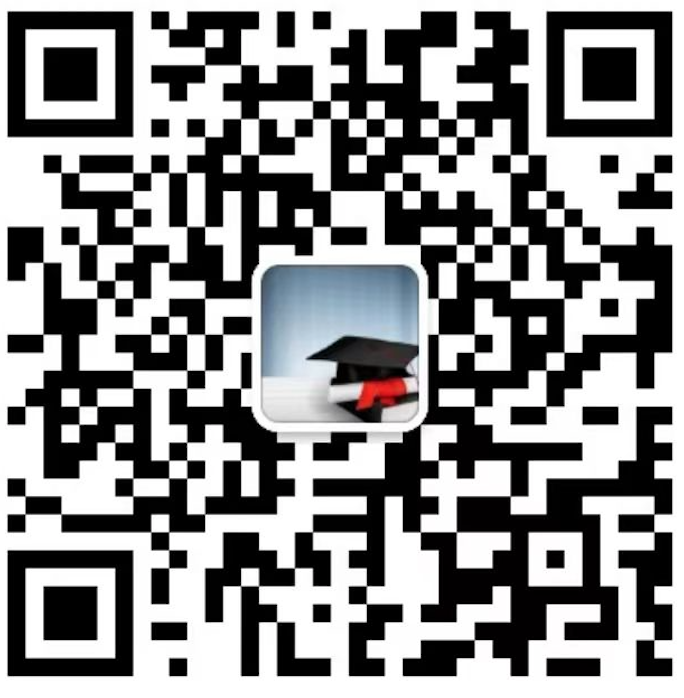摘要翻译:
网络基础设施如WWW的无处不在的作用为机器学习及其利用数字通信的广泛应用领域提供了无数的机会。模式分类和特征提取是机器学习中最早得到广泛关注的应用之一。最显著的成就是处理中等到大型的数据集。过去一二十年的“数据洪流”给人工智能研究人员提出了新的挑战,即使用超大容量数据集和复杂(自然或合成)动力系统为类似任务设计新的、有效的和准确的算法。我们提出了一种新的特征提取原则方法,用于在网络通信中由人和机器组成的混合体系结构中,他们协作解决预先分配的模式识别(特征提取)任务。以下有两个实际的考虑:(1)人类专家,如植物生物学家或天文学家,经常利用他们的视觉感知和其他隐含的先验知识或专业知识来寻找重要的特征,而机器只限于预先编程的一组标准来工作;(2)在集体解决问题的团队协作中,人类专家具有互补的多种能力,他们相互学习,以机器无法模仿的方式成功地完成认知复杂的任务。
---
英文标题:
《Pattern Recognition in Collective Cognitive Systems: Hybrid
Human-Machine Learning (HHML) By Heterogeneous Ensembles》
---
作者:
Hesam T. Dashti, Adel Ardalan, Alireza F. Siahpirani, Jernej Tonejc,
Ioan V. Uilecan, Tiago Simas, Bruno Miranda, Rita Ribeiro, Liya Wang, and
Amir H. Assadi
---
最新提交年份:
2010
---
分类信息:
一级分类:Computer Science 计算机科学
二级分类:Artificial Intelligence 人工智能
分类描述:Covers all areas of AI except Vision, Robotics, Machine Learning, Multiagent Systems, and Computation and Language (Natural Language Processing), which have separate subject areas. In particular, includes Expert Systems, Theorem Proving (although this may overlap with Logic in Computer Science), Knowledge Representation, Planning, and Uncertainty in AI. Roughly includes material in ACM Subject Classes I.2.0, I.2.1, I.2.3, I.2.4, I.2.8, and I.2.11.
涵盖了人工智能的所有领域,除了视觉、机器人、机器学习、多智能体系统以及计算和语言(自然语言处理),这些领域有独立的学科领域。特别地,包括专家系统,定理证明(尽管这可能与计算机科学中的逻辑重叠),知识表示,规划,和人工智能中的不确定性。大致包括ACM学科类I.2.0、I.2.1、I.2.3、I.2.4、I.2.8和I.2.11中的材料。
--
一级分类:Physics 物理学
二级分类:Cosmology and Nongalactic Astrophysics 宇宙学与非银河天体物理学
分类描述:Phenomenology of early universe, cosmic microwave background, cosmological parameters, primordial element abundances, extragalactic distance scale, large-scale structure of the universe. Groups, superclusters, voids, intergalactic medium. Particle astrophysics: dark energy, dark matter, baryogenesis, leptogenesis, inflationary models, reheating, monopoles, WIMPs, cosmic strings, primordial black holes, cosmological gravitational radiation
早期宇宙现象学,宇宙微波背景,宇宙参数,原始元素丰度,河外距离尺度,宇宙大尺度结构。群,超星团,空隙,星系际介质。粒子天体物理学:暗能量、暗物质、重子发生、钩体发生、膨胀模型、再加热、单极子、WIMPs、宇宙弦、原始黑洞、宇宙引力辐射
--
一级分类:Quantitative Biology 数量生物学
二级分类:Quantitative Methods 定量方法
分类描述:All experimental, numerical, statistical and mathematical contributions of value to biology
对生物学价值的所有实验、数值、统计和数学贡献
--
---
英文摘要:
The ubiquitous role of the cyber-infrastructures, such as the WWW, provides myriad opportunities for machine learning and its broad spectrum of application domains taking advantage of digital communication. Pattern classification and feature extraction are among the first applications of machine learning that have received extensive attention. The most remarkable achievements have addressed data sets of moderate-to-large size. The 'data deluge' in the last decade or two has posed new challenges for AI researchers to design new, effective and accurate algorithms for similar tasks using ultra-massive data sets and complex (natural or synthetic) dynamical systems. We propose a novel principled approach to feature extraction in hybrid architectures comprised of humans and machines in networked communication, who collaborate to solve a pre-assigned pattern recognition (feature extraction) task. There are two practical considerations addressed below: (1) Human experts, such as plant biologists or astronomers, often use their visual perception and other implicit prior knowledge or expertise without any obvious constraints to search for the significant features, whereas machines are limited to a pre-programmed set of criteria to work with; (2) in a team collaboration of collective problem solving, the human experts have diverse abilities that are complementary, and they learn from each other to succeed in cognitively complex tasks in ways that are still impossible imitate by machines.
---
PDF链接:
https://arxiv.org/pdf/1008.5387




 雷达卡
雷达卡




 提升卡
提升卡 置顶卡
置顶卡 沉默卡
沉默卡 变色卡
变色卡 抢沙发
抢沙发 千斤顶
千斤顶 显身卡
显身卡





 京公网安备 11010802022788号
京公网安备 11010802022788号







